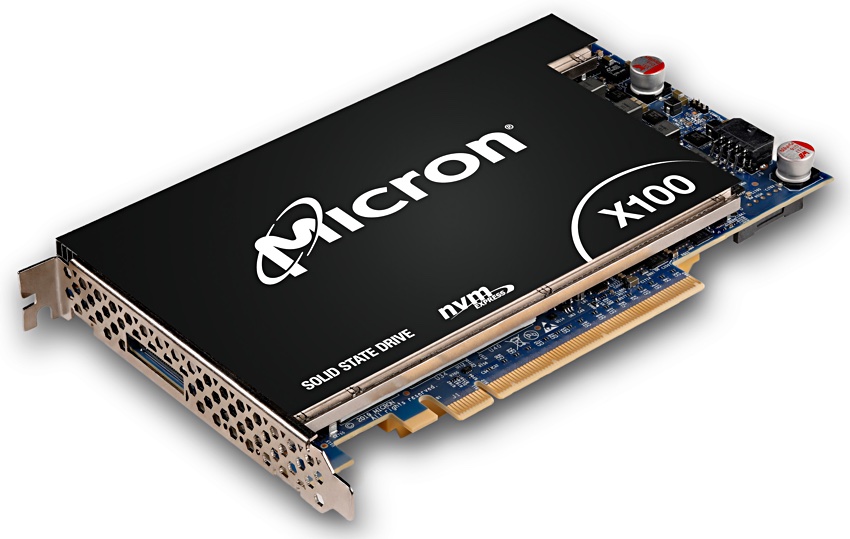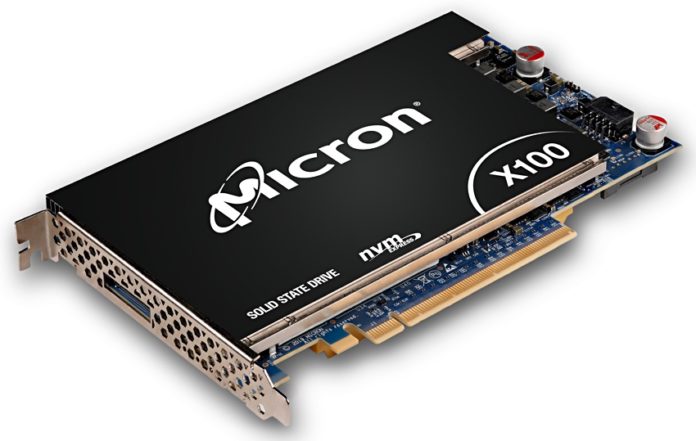Micron sold at least $118.8m worth of 3D XPoint media and drives in its second fy2020 quarter, ended February 27. This is the first time the US chipmaker has given us a glimpse into revenues for the storage class memory technology, which include Optane products made for Intel.
We can derive this figure of $118.8m from CFO Dave Zisner’s prepared remarks discussing the earnings, made earlier this week. (Our sister publication The Register has written up Micron’s Q2 fy2020 results.)
Micron includes XPoint revenues in its compute and networking business unit (CNBU). Revenues for the second quarter decreased one per cent sequentially to $1.97bn and 17 per cent y/y. Zisner revealed that, “excluding XPoint”, revenues would have fallen seven per cent sequentially.
This gives us the reference point that XPoint accounted for a minimum of six per cent of revenues in the quarter i.e. $118.8m. But is that also a total revenue figure for XPoint?
Assessing this hangs on the meaning of the word “excluding”, as used by Zisner. He may have excluded all XPoint revenues from the rest-of-CNBU’s seven per cent sequential fall. Or he may simply have been referring only to XPoint sales growth. We are unable to determine either way without knowledge of XPoint sales figures in Q1.

Micron’s XPoint line includes chips, some of which go to Intel for its Optane-brand products, and the rest are used in Micron’s own X100 drives. We infer that Micron currently derives most of its XPoint revenue from OEM work for Intel. But the company aims to grow its own X100 3D XPoint SSD business and expand the product portfolio for data centre customers.
DDR5 DRAM
Other Micron technology matters revealed in the Q2 earning statement include sampling 1z DDR5 DRAM chips, its smallest 10nm-class node, and being on track to introduce HBM chips this year. HBM tech involves stacking memory die one above the other and giving them a special link to a CPU. Micron is also developing a 1a (alpha) DRAM node, smaller than 1z but still a 10nm-class product.
On the NAND front, Micron should ship 128-layer chips this quarter and it expects revenue in Q4. Currently it ships 96-layer NAND.








